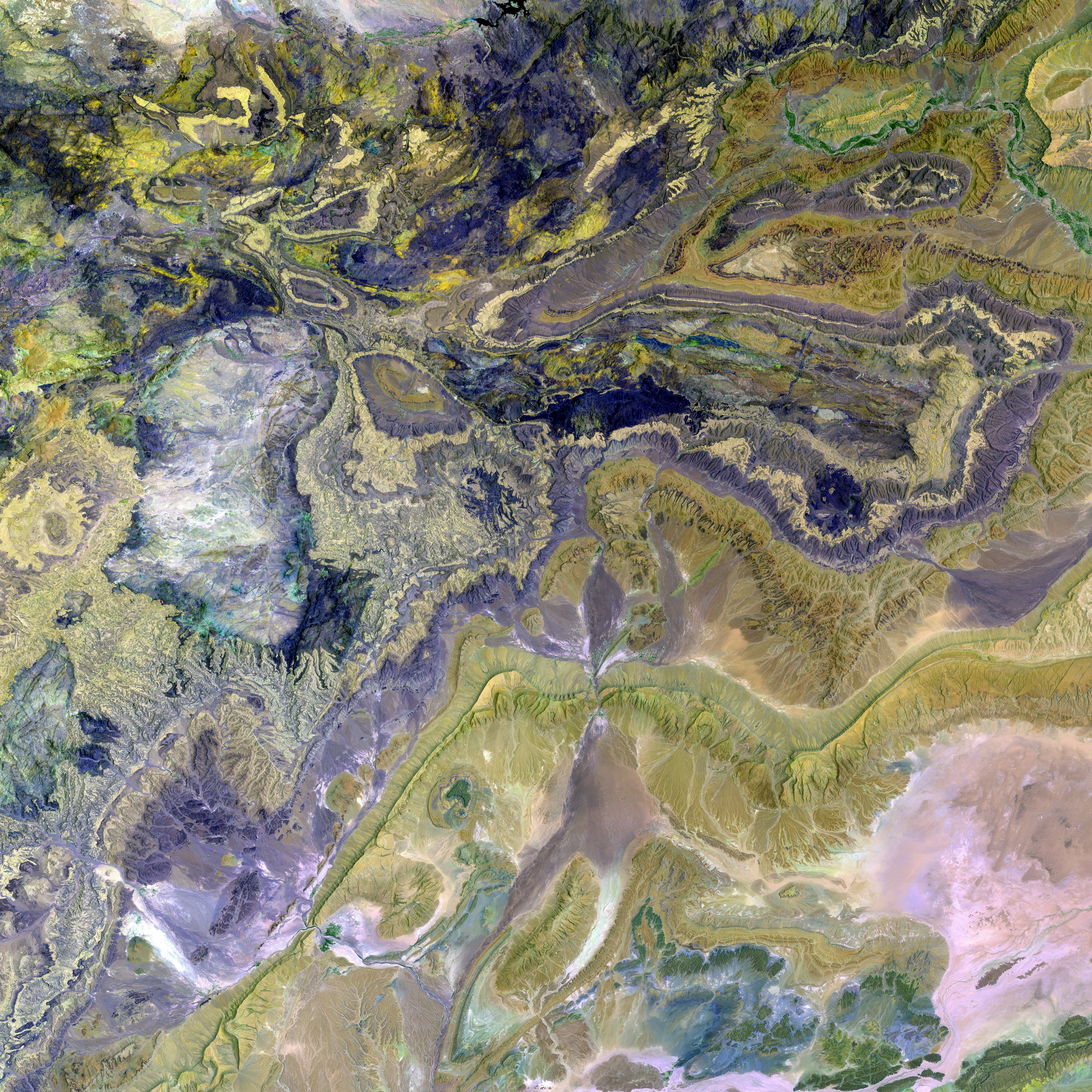Severe Rosacea Outburst: Understanding the Triggers, Signs, and Remedies
Rosacea Fulminans: A Rare and Severe Skin Condition
Rosacea fulminans is an uncommon and severe inflammatory skin disorder characterized by sudden onset, primarily affecting the central part of the face—chin, cheeks, and nose. Better known as pyoderma faciale, this condition distinguishes itself from regular rosacea or acne, presenting more intensely and rapidly.
Symptoms of rosacea fulminans include flushed, swollen, and painful nodules and pimples that can fuse. These symptoms share similarities with rosacea or acne but are markedly more serious. Although the specific cause of rosacea fulminans remains ambiguous, one 2020 review implies a potential link with conditions such as inflammatory bowel disease and pregnancy. Moreover, the condition appears to be more prevalent in females of childbearing age and may manifest more frequently in those with a history of rosacea.
Potential triggers of rosacea fulminans include emotional stress, hormonal fluctuations, and certain medications. Additionally, a 2021 literature review suggests that dietary factors, such as spicy foods, alcohol, and foods with cinnamaldehyde (like chocolate, tomatoes, and citrus fruits), may potentially trigger or worsen rosacea symptoms. However, it is essential to note that this assertion does not apply exclusively to rosacea fulminans.
Rosacea fulminans might be treated with oral isotretinoin or corticosteroids, both prescription-only acne medications. Antibiotics in combination with corticosteroids and lifestyle changes have also demonstrated success in managing symptoms. Identifying and avoiding triggers, such as reducing stress, making dietary adjustments, and using gentle skin care products, may further aid in its management.
Red flags that warrant prompt consultation with a dermatologist or other healthcare professional include symptoms more severe than typical rosacea or acne (e.g., large, tender nodules, abscesses, or significant facial discomfort), a sudden onset of symptoms, symptoms that persist or worsen despite treatment, eye irritation or inflammation, or systemic symptoms, such as fever. Swift medical attention can improve treatment outcomes, reduce complications associated with rosacea fulminans (e.g., scarring and infections), and address emotional distress associated with the condition, thereby enhancing the individual's overall quality of life.
In conclusion, rosacea fulminans is a rare, severe, and rapidly developing form of rosacea. Although its exact cause is unknown, several potential triggers and associated conditions have been identified. Prompt consultation with a healthcare professional is essential for accurate diagnosis, optimal treatment, and addressing the potential emotional impact of the disease.
- The rare and severe skin condition, rosacea fulminans, often targets the central part of the skin, including the chin, cheeks, and nose, and can be more prevalent in females of childbearing age.
- Symptoms such as flushed, swollen, painful nodules and pimples that can fuse, which are more serious than typical rosacea or acne, may indicate rosacea fulminans, and a prompt consultation with a dermatologist or other healthcare professional is advisable.
- In the realm of medical-conditions, rosacea fulminans might be linked with conditions like inflammatory bowel disease and pregnancy, although the specific cause remains ambiguous.
- For individuals managing health-and-wellness, it's crucial to be aware of potential triggers, such as emotional stress, hormonal fluctuations, and certain medications, as well as dietary factors like spicy foods, alcohol, and foods with cinnamaldehyde (like chocolate, tomatoes, and citrus fruits), which might potentially trigger or worsen rosacea symptoms.








